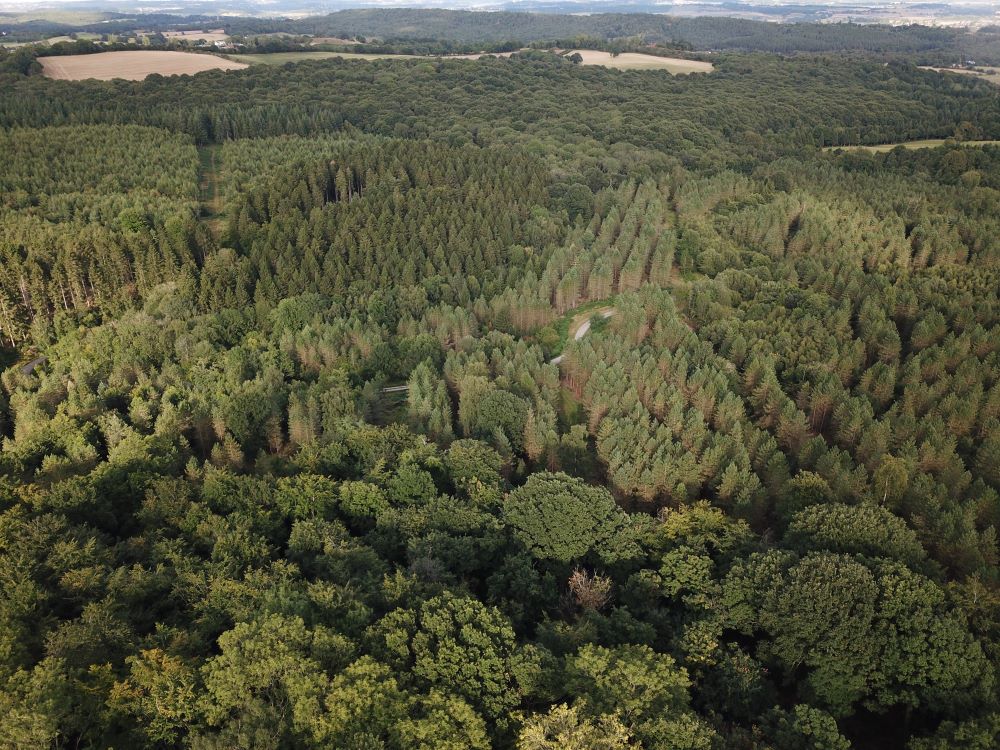

Great news!
A report released by Defra this month, February 2024, shows continued long-term reduction of air pollutant emissions in the UK.
Specifically interesting to anyone who burns wood is that levels of PM10 have fallen 7.4% and levels of PM2.5 have fallen 18.2% since 2012.

Graph Source: Defra
There was a small increase of 0.7% in PM10 emissions between 2021 and 2022 as industries opened back up again after lockdown, but PM2.5 levels fell by 1.2% in the same period and some variation year on year is normal as the general trend continues to be downwards.
What are PM2.5 and PM10?
PM, or particulate matter, are tiny particles of solids or liquids in the air. Some we can see, like smoke and soot, and others are microscopic, but they're all small enough that we breathe them in.
The number refers to the size of the particles, so PM10 are four times the size of PM2.5 and are generally more visible.
When the Defra report refers to PM10 it means all particles up to and including PM10, so PM2.5 numbers are included in the PM10 numbers as well as being reported on separately. Therefore PM10 numbers will always be higher than PM2.5 numbers.
Why do PM10 and PM2.5 levels matter?
PM10 and PM2.5 can both cause serious health problems if inhaled in large amounts, so it’s important that we reduce them as much as possible.
What's causing the drop in PM levels in the UK?
It’s certainly not people burning less wood! According to the Stove Industry Alliance (SIA), sales of wood burning stoves in 2022 were 40% higher than in 2021 and didn’t seem to slow down in 2023.
The reduction in domestic coal burning is thought to be a huge factor in the reduction of PM10 from domestic wood burning, as well as the increase in understanding of the importance of burning properly dry wood and the installation of new ‘Eco-design’ stoves.
New regulations took effect in May 2022 which limited the sale of wet wood and determined that all new stove installations must be Eco-design. These rules were designed to reduce PM levels further so it will be interesting to see the 2023 data when it becomes available!
What can I do to reduce my own PM10 and PM2.5 emissions?
Your PM emissions from burning wood generally depends on three things – the efficiency of your stove, how you use it and the wood you burn.
A properly fitted Ecodesign Ready stove can halve the PM emissions compared to an inefficient, older stove which is why all new installations must be Eco-design, but that doesn't mean you can't make the most of your older stove.
As a general rule, the more smoke coming off your fire, the more PM it is emitting. Whilst it's tempting to close the vents and let your fire smoulder to make it last longer, it will give off more smoke and therefore PM, which isn't pleasant for you or the environment! It's better to leave your vents slightly open to give your fire a constant flow of oxygen so it burns hot and clean.
It's also crucial to use good quality, dry wood. PM emissions from kiln-dried wood are estimated to be roughly half the emissions of wet wood, which is why it’s so important to make sure you only burn wood with a moisture content below 20%.
Why is domestic wood burning being demonised?
We’ve spoken before about dramatic headlines which blame domestic wood burning for all of the PM emissions in the UK, and there have even been calls from various groups to ban wood burners in the UK.
These latest Defra figures show that domestic wood burning made up just 15% of the overall total of PM10 in the UK with 'industrial processes and product use' being responsible for 38%. As we've said before, it’s much easier to blame consumers than corporations!
Found this useful?
We'd love it if you shared it with your fellow log burner enthusiasts!





